
 Sally Magnusson
Sally Magnusson
Sally Magnusson has already written a book about how her family coped with her mother's dementia
There can’t be many people who spend years raging and grieving over the decline of a parent from dementia without wondering if it awaits them too.
I’m one.
My mother died of this vicious brain condition in 2012. And hardly a day has passed since when that question hasn’t been darting around the edge of my mind, flaring ridiculously into view every time I misplace a word, a name or a pair of glasses.
Actually it’s perfectly normal in a busy life to lose your specs or wonder what you went looking for in the cupboard.
But tell that to those of us in the traumatised next generation, who have watched loved ones suffer in ways we can still hardly bear to think about. Is this, we ask ourselves, the start of the horror again?
Curing Alzheimer's is within our grasp
Now, for the first time, we can find out for sure.
A simple blood test, taken as part of a research programme and backed up where necessary by a lumbar puncture and PET scan - which produce three-dimensional images of the inside of the body - can tell us if amyloid, a brain protein implicated in Alzheimer’s disease, is already present.
I’ve made a film about what that means for individuals like me in their 50s and 60s with a family history of Alzheimer’s, the most common of the illnesses leading to dementia.
And guess what? Deciding if you want to go through with it is not so simple.
My mother, Mamie Baird, was one of the pioneering female journalists of the 1950s.
Bright, clever, quick-witted and funny, she was still writing and giving hilarious after-dinner speeches into her 60s.
But like a million or so others in the UK, she succumbed to a disease that gnawed at her personality and cognition until it consumed her ability to function at all.

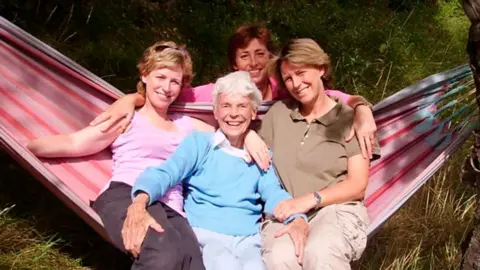 Sally Magnusson
Sally Magnusson
Sally's mother Mamie (centre) was a pioneering journalist who was still writing and giving after-dinner speeches into her 60s
There was nothing to help her: Little support, and no drug to mitigate the symptoms that over time made life an agony for her and for all of us who loved her.
Dementia is not a natural part of ageing, although the risk increases with age. It’s an illness caused by one, or a combination, of a number of brain conditions.
My mother was diagnosed with both Alzheimer’s and vascular dementia, and although we had good times together in the years afterwards, many laughs and much joyfulness in the moment, the progressive incapacity and disconnection from herself were painful to her beyond words.

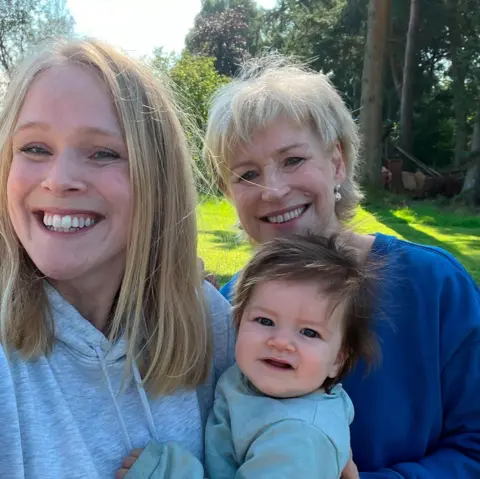 Sally Magnusson
Sally Magnusson
Sally's daughter Anna Lisa is afraid of the implications of Sally finding out if she has the brain protein

 Finestripe
Finestripe
Sally playing with her granddaughter Remy
In 2014, I published the book Where Memories Go, a mixture of memoir and journalism, to highlight what the experience is like for families who have to struggle on without hope of improvement – and I was stunned by the reaction.
In the thousands of messages I got from across the country, it felt as if a great floodgate of pain and family loneliness was opening.
Now 10 years on, there is hope.
Testing, treatments and cure
Scientists have shown that the build-up of amyloid in the brains of people with Alzheimer’s can be successfully cleared.
They’re convinced that if drugs already in development (and at least one, lecanemab, is now licensed for use in the UK, although not yet on the NHS) are given to people before they develop symptoms, Alzheimer’s can be stopped in its tracks.

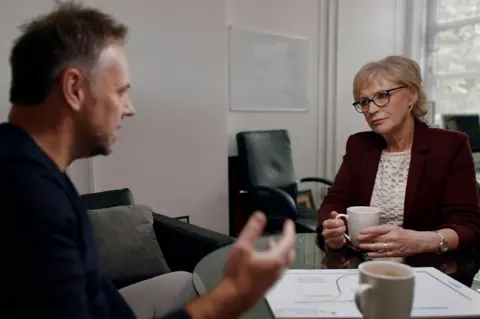 Finestripe
Finestripe
Prof Craig Ritchie says thousands of people need to come forward for testing before they are conscious of symptoms
As Prof Craig Ritchie, who runs the pioneering Scottish Brain Sciences (SBS) in Edinburgh, says: “We can cure Alzheimer’s before it becomes dementia – just as we learned to stop HIV before it became AIDS.”
But to do that, scientists like him need many thousands of people to come forward for testing before they’re conscious of symptoms.
Which means that folk like me, still gaily going about normal lives and tackling demanding jobs, have to be prepared to find out that they already have the disease process of Alzheimer’s going on in their brains.
Prof Ritchie, who I originally met through my work with the music and dementia charity Playlist for Life, suggested I join the enormous research cohort he is trying to gather at SBS.
“After all, Sally,” he said, “you might equally discover you’re not amyloid-positive. Imagine the relief that would be.”
And if it turns out that I am? If I know what cannot be unknown, what then?

 Sally Magnusson
Sally Magnusson
Sally and husband Norman with their daughter Anna Lisa and sons Jamie, Rossie, Magnus and Siggy.
Treatments are coming, but they’re not here yet. The paradox is that only if people like me join research programmes like Craig’s can they come in time to save those of us in our 60s now.
I asked my own family about this.
My four sons think I should go ahead and do it. Find out the truth, they say, and let’s deal with it together.
But my daughter, still traumatised by seeing what happened to her grandma, burst into tears.
She’s afraid that if we do find out that amyloid is lurking in my brain, with no immediate means of removing it, the knowing will affect our present, not just our future.
We are on the cusp of game-changing developments today, which, if scientists are right, could cure Alzheimer’s soon.
Biomarkers in the blood will allow people at risk to be identified and given the opportunity to participate in trials for new treatments.
That’s good for them and it’s good for their children and grandchildren. But if these trials can’t be run at scale with non-symptomatic volunteers, scientists won’t be able to develop this vital next stage of treatments.
So they need people like me. What should I do? That’s what my film is about.

 German (DE)
German (DE)  English (US)
English (US)  Spanish (ES)
Spanish (ES)  French (FR)
French (FR)  Hindi (IN)
Hindi (IN)  Italian (IT)
Italian (IT)  Russian (RU)
Russian (RU)  6 hours ago
6 hours ago
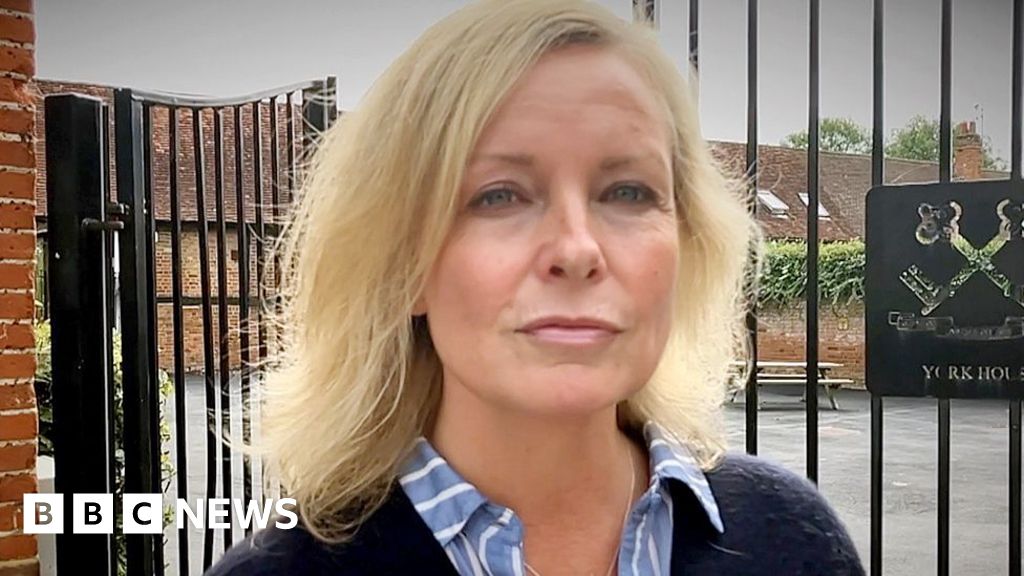
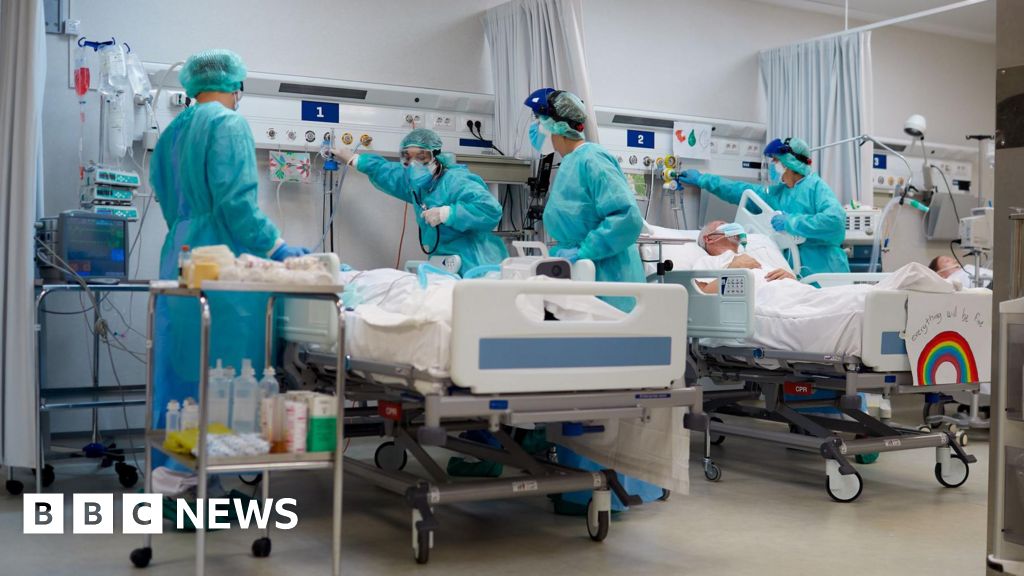
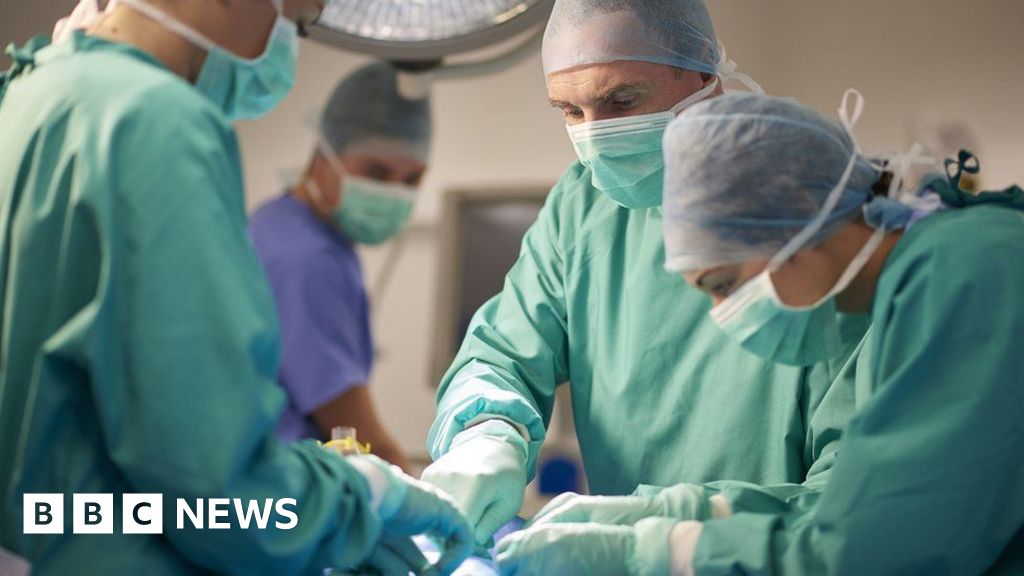



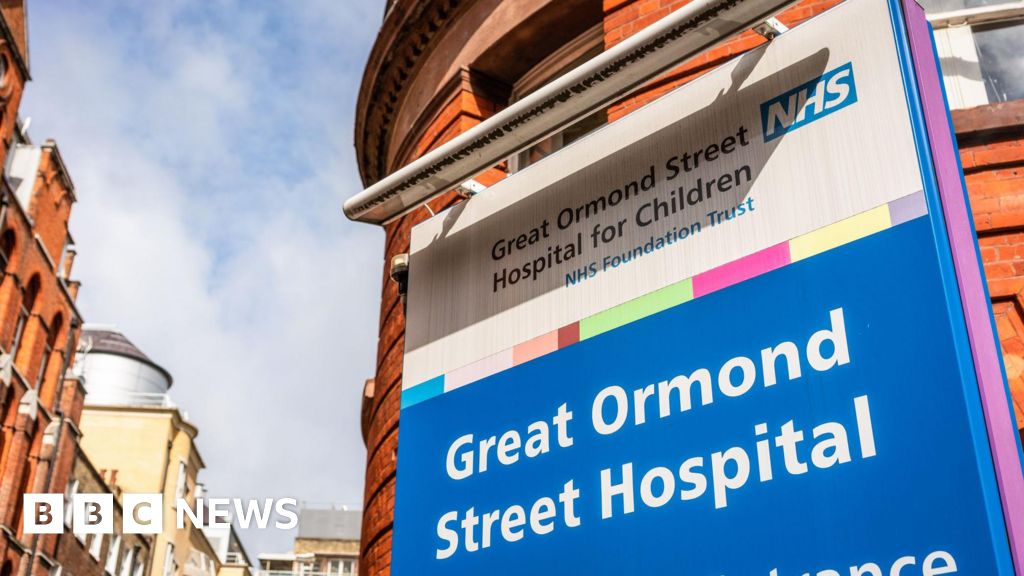
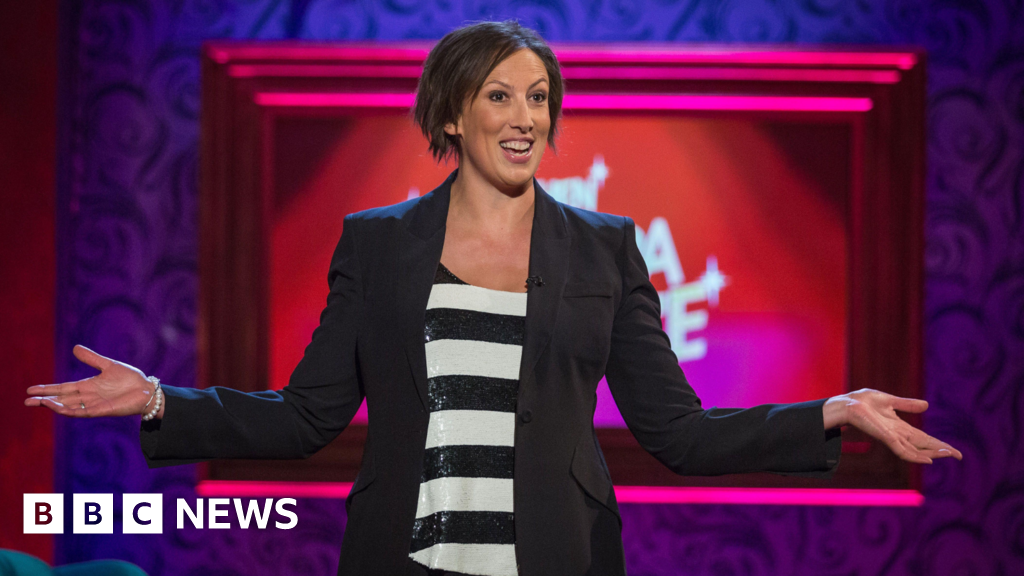
















Comments